Launched in 1972, the MV Kilbrannan was the first of Caledonian MacBrayne’s iconic “Island Class” ferries—a fleet of compact, bow-loading vessels that transformed local transport in some of Scotland’s most remote coastal communities. Though modest in size, Kilbrannan’s impact on island life was considerable, and her long, varied service history reflects the essential role these ferries played in keeping the Highlands and Islands connected.
A New Era for Small Island Routes
MV Kilbrannan was built by James Lamont & Co. in Port Glasgow and launched on 19 May 1972. At just 21 metres in length and 6.4 metres in beam, she was designed to carry four cars (or one lorry), up to 50 passengers, and a small crew of three. Powered by twin diesel engines and fitted with twin screws, she was capable of reaching a service speed of about 8 knots.
Her simple but effective design included a folding bow ramp for vehicle loading and unloading, a deck turntable to aid maneuvering cars, and a small enclosed passenger saloon with a wheelhouse above. Though unassuming, Kilbrannan and her sister vessels were ideally suited to the short but often exposed crossings in the Hebrides and along Scotland’s rugged west coast.
Early Service: The Kilbrannan Sound Route
Kilbrannan’s first assignment was a pioneering one. In the summer of 1972, she inaugurated the seasonal Claonaig–Lochranza service across Kilbrannan Sound, linking the Kintyre Peninsula with the Isle of Arran. This crossing, previously inaccessible to vehicles, now offered a vital shortcut during the summer months and quickly became a popular route for locals and tourists alike.
At the time of her launch, she still bore the yellow funnel of the Caledonian Steam Packet Company. When that company merged with David MacBrayne Ltd in 1973, creating Caledonian MacBrayne (CalMac), Kilbrannan adopted the now-familiar red funnel with black top.
Relief Duties and Western Isles Service
By 1974, she was succeeded on the Arran route by the larger MV Rhum, and Kilbrannan moved into a relief role. In 1977, she was transferred to the Outer Hebrides and began operating the crossing between Kyles Scalpay and the island of Scalpay. This service was essential for the island’s small population, and Kilbrannan remained on the route for over a decade.
Her ability to serve isolated communities with minimal infrastructure made her indispensable, and she continued in this role until 1990, when she was replaced by newer vessels better suited to increasing demand and more modern port facilities.
Final Years in Scotland and Life Abroad
Even after leaving Scalpay, Kilbrannan continued to serve. She was chartered in 1991 to operate the Burtonport–Arranmore route in County Donegal, Ireland—the first CalMac vessel to regularly serve outside Scottish waters. In her final year under CalMac, 1992, she provided relief sailings off Iona and Lochaline before being sold.
Renamed Arainn Mhor, she continued service in Ireland, and by 2008 she had taken on her current name, Clew Bay Queen, operating the ferry to Clare Island in County Mayo. Remarkably, more than 50 years after her launch, the little vessel from Port Glasgow remains in service—proof of her robust design and enduring value.

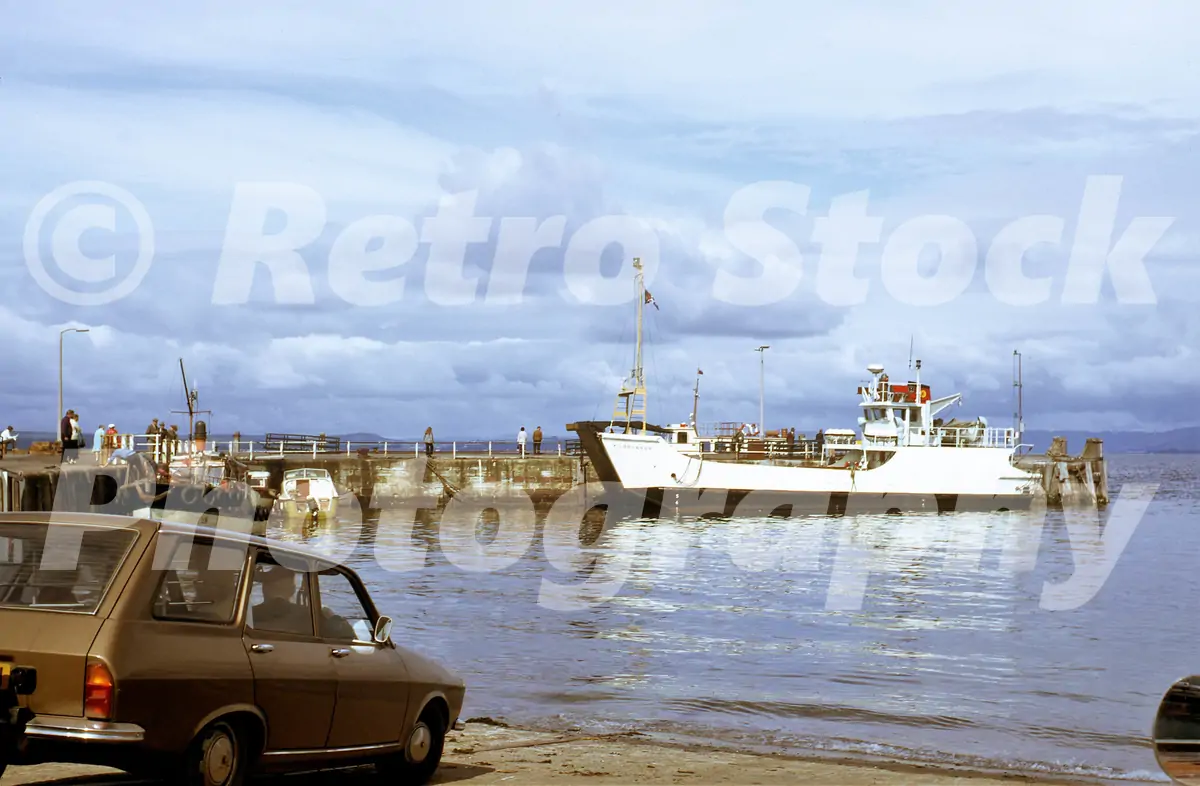
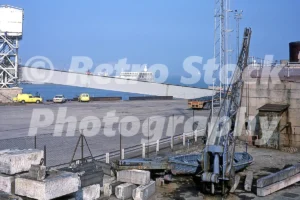
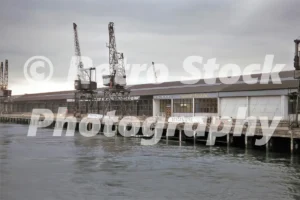
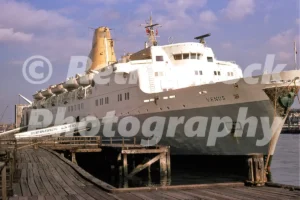
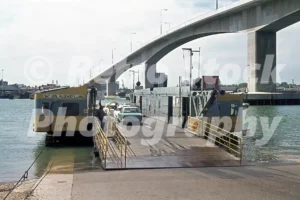
Reviews
There are no reviews yet.